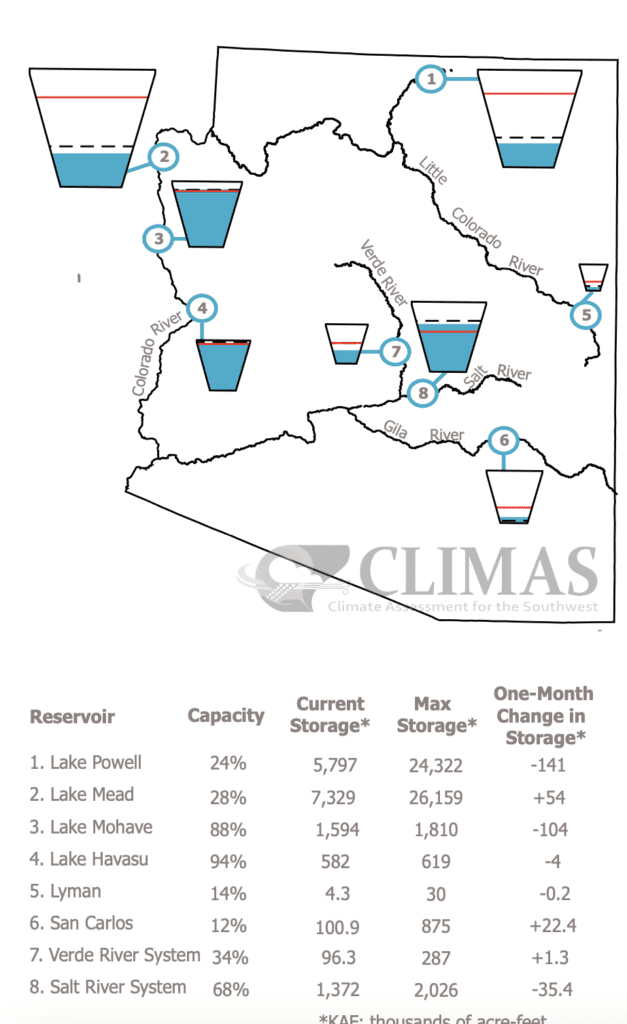Daniel Salzler No. 1178
EnviroInsight.org Five Items December 2, 2022
—————Feel Free To Pass This Along To Others——————
If your watershed is doing something you would like others to know about, or you know
of something others can benefit from, let me know and I will place it in this Information newsletter.
If you want to be removed from the distribution list, please let me know.
Please note that all meetings listed are open. Enhance your viewing by downloading the pdf file to view photos, etc.
The attached is all about improving life in the watershed. If you want to be removed from the distribution list,
please let me know. Please note that all meetings listed are open.
Check our website at EnviroInsight.org
- . EPA Announces Supplemental Proposed Rule to Modify Toxic Substances Control Act Fees Rule Proposal to ensure EPA recovers 25% of the costs of TSCA implementation, providing more sustainable funding for chemical safetyWASHINGTON (November 16, 2022) – Today, the U.S. Environmental Protection Agency (EPA) issued a supplemental proposed rule modifying and adjusting certain aspects of the fees rule established under the Toxic Substances Control Act (TSCA). EPA is publishing these changes to ensure that collected fees provide the Agency with 25% of authorized TSCA costs consistent with direction in the FY 2022 appropriations bill to consider the “full” implementation costs of the law. Updating TSCA fees will strengthen EPA’s ability to successfully implement TSCA in a way that’s both protective and sustainable and significantly improve on-time performance and quality. Register at https://www.eventbrite.com/e/us-epa-tsca-fees-rule-revisions-tickets-449457067187\
2. October 2022 Southwest Climate Outlook
Precipitation and Temperature: Sept precipitation was average to above average in most of Arizona. Sept temperatures were between

above average and much above average in most of

Despite the regional improvement, drought conditions are still found across most of the southwestern United States. Longer-term accumulated precipitation deficits are a factor in these designations. Sustained monsoon activity continues to help reduce extreme drought characterizations but is not enough to fully reverse long-term drought conditions.
Arizona, with some pockets of record warmest in the Four Corners region. Water year precipitation rebounded with the monsoon in some locations, and water year totals range between below average and above average in most of Arizona. Summer/Monsoon (JJAS) precipitation rankings for the region demonstrate this rebound, with widespread areas of much above average and large areas of record wettest.
Drought: The Oct 4 U.S. Drought Monitor (USDM) shows another month of decreases in the severity of

drought characterizations in parts of Arizona following widespread monsoon activity. Despite the regional improvement, drought conditions are still found across most of the southwestern United States. Longer-term accumulated precipitation deficits are a factor in these designations. Sustained monsoon activity continues to help reduce extreme drought characterizations but is not enough to fully reverse long-term drought conditions.
Water Supply: Most of the reservoirs in Arizona and New Mexico are at or below the values recorded at this time last year. Most are also below their long-term average. The shortage declaration for the Colorado River in 2022 and low water levels in the Rio Grande highlight ongoing concerns about the intersection of long-term drought and water resource management, especially with tier 2a restrictions under discussion given current conditions at Lakes Mead and Powell.

ENSO Tracker: The forecast consensus is that La Niña will persist into winter with a return to ENSO- neutral conditions sometime in early 2023.
Monsoon: Official monsoon precipitation totals are impressive across the region. Storms in June helped with an early start, and persistent recent activity has brought nearly the entire region to at or above average, calculated as a percent of the average seasonal total to date . While the monsoon is officially over, persistent moisture in the Southwest has led to recurrent transition events and storms lasting well into October. This is no longer the monsoon, but does represent a great start to the water year.
Precipitation Forecasts: The IRI outlook for Nov-Jan calls for increased chances of below average precipitation in most of New Mexico and parts of Arizona. The NOAA-CPC outlook for Nov-Jan calls for increased chances of below average precipitation across New Mexico and Arizona. The Nov outlook calls for increased chances of below average precipitation in New Mexico and Arizona.
Temperature Forecasts: The IRI outlook for Nov-Jan calls for increased chances of above average temperatures across the western U.S.. The NOAA-CPC outlook for Nov-Jan calls for increased chances of above average temperatures across the Southwest.
3.Tucson, Other Cities Commit To Long List Of Water-Saving Goals. Get rid of ornamental grass. Recycle more wastewater. Make indoor and outdoor watering more efficient. Limit outdoor watering to a few days a week. Create water rate structures that encourage conservation. Minimize business use of thirsty swamp cooling. Crack down on water leaks.

A group of 30 cities and water districts, including Tucson, committed to carrying out these water conservation measures in an agreement signed last week. The measures, described by the agency officials as unprecedented, are aimed at reducing water demand by cities across the West to make the region less reliant on dwindling Colorado River supplies. They’re not required for all the signers, who are urged to pick measures appropriate for individual communities.
Nine Arizona cities and water districts signed the Nov. 15 memo, including the Central Arizona Water Conservation District, which runs the 336-mile-long Central Arizona Project canal bringing drinking water from the river to Phoenix and Tucson. The other Arizona signers were Phoenix-area municipalities, including Phoenix, Mesa, Tempe and Scottsdale.
4. Need A Tax Deduction? Reduce your tax burden. Remember that you can always donate to EnviroInsight.org and take that donation off your taxes in April, 2023. We are a not-for-profit environmental education organization publishing a newsletter weekly and doing public outreach. Donate at enviroinsight.org or mail check to 4840 W. Las Palmaritas, Glendale, AZ 85302.
5. Is COP27 the End of Hopes for Limiting Global Warming to 1.5 Degrees Celsius? SHARM EL-SHEIKH, Egypt—The COP27 climate conference in Egypt may be remembered as the moment when the world gave up on limiting global warming to 1.5 degrees Celsius, the most ambitious goal set by the 2015 Paris Agreement. Late Friday, the last scheduled day of the climate talks in Sharm el-Sheikh, the heads of the national delegations were still meeting to discuss whether the final documents should include a reference to that temperature target, which scientists call a limit that, if breached, would push some Earth systems past dangerous and irreversible tipping points.
This year’s annual meeting was billed as the “implementation COP,” but so far “nothing has been implemented, and it has thus failed to achieve what it set out to do,” said Stephanie Hirmer, a senior researcher at the University of Oxford’s energy and power group. “While everyone knows the 1.5-degree target is off the table, it is not openly discussed in official sessions,” she said.
Copyright EnviroInsight.org 2022
